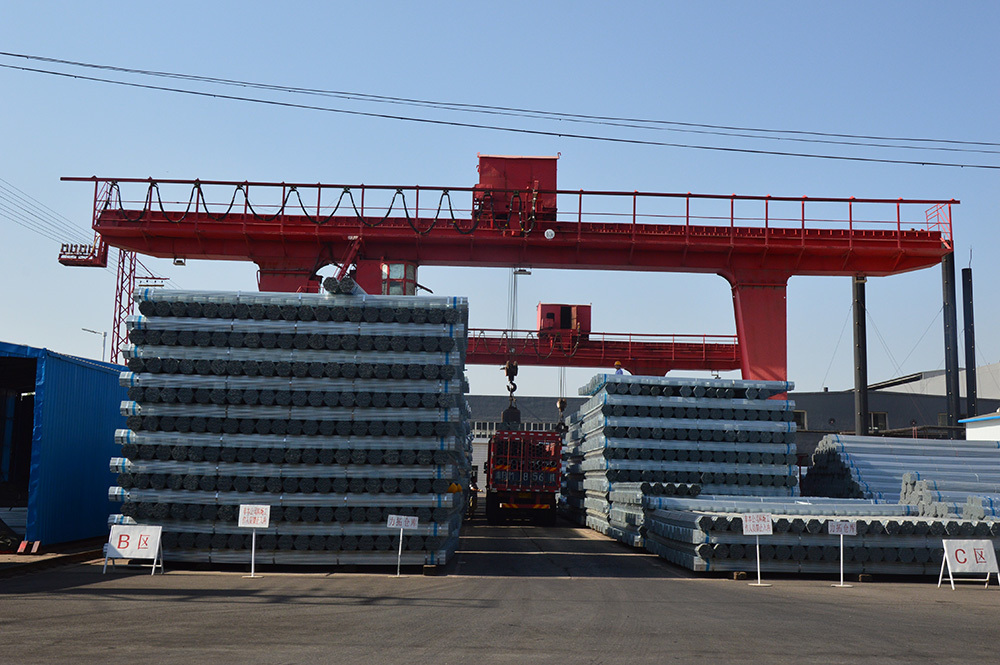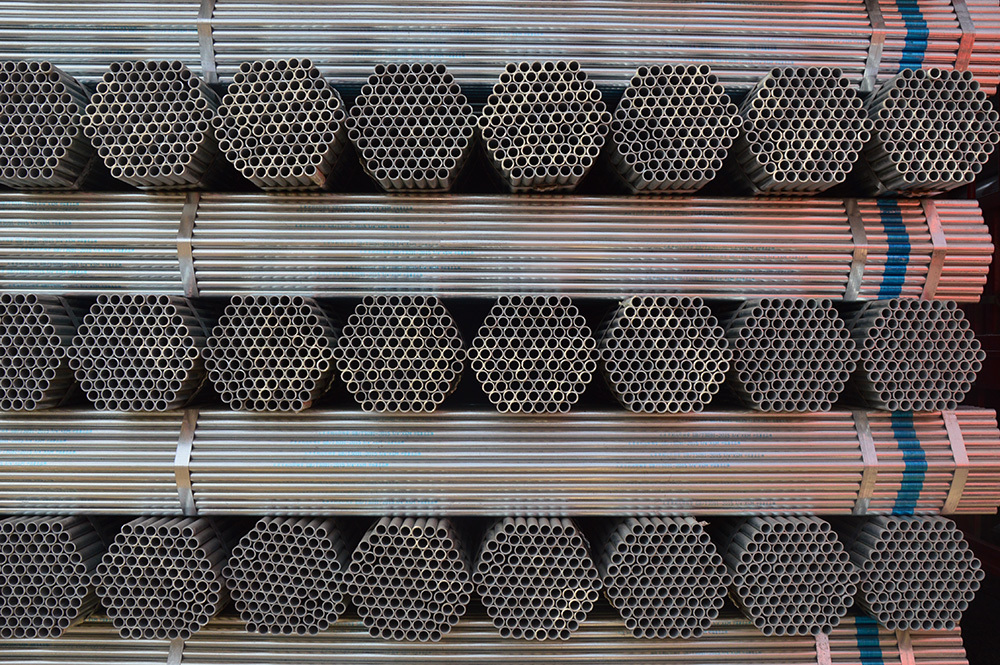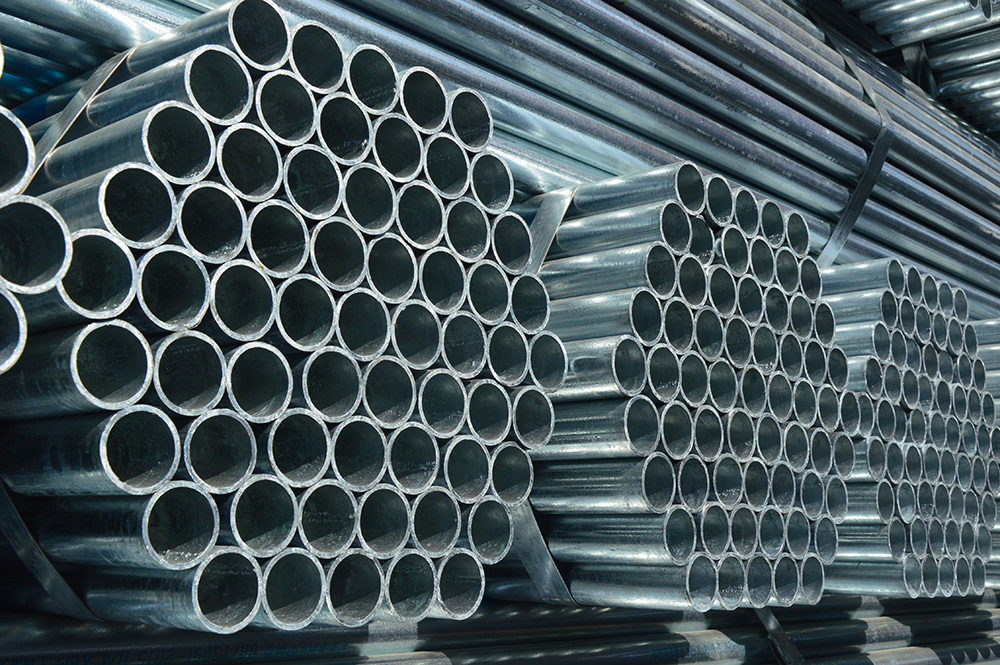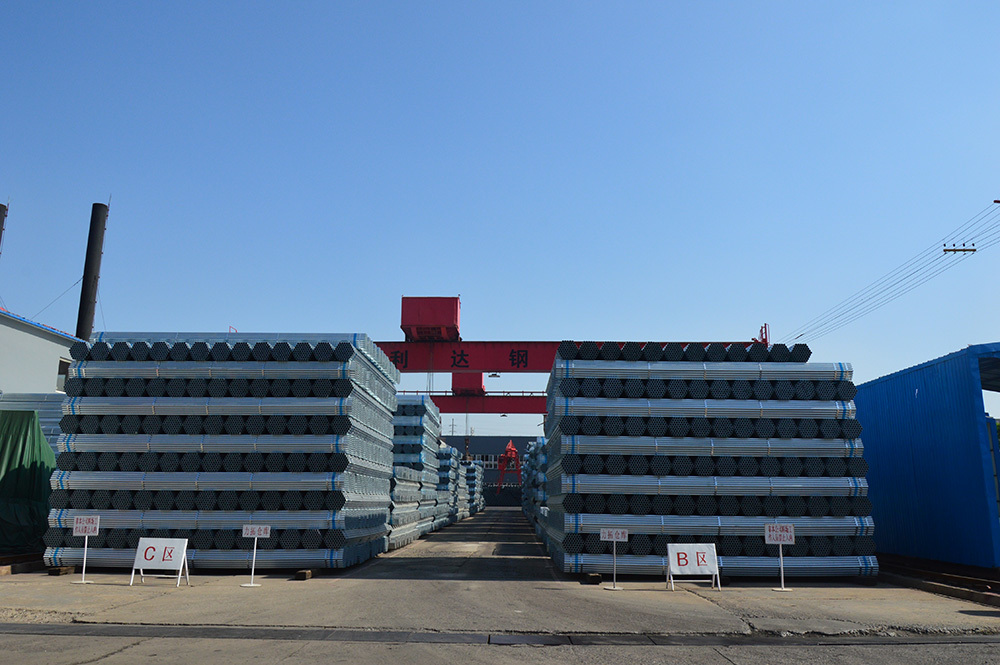"Lida" brand galvanized steel pipe
Key words:
"Lida" brand galvanized steel pipe
Classification:
Product Introduction
Previous:
The next one:
Related Products
Messages
If you are interested in our products, please leave your email, we will contact you as soon as possible, thank you!




